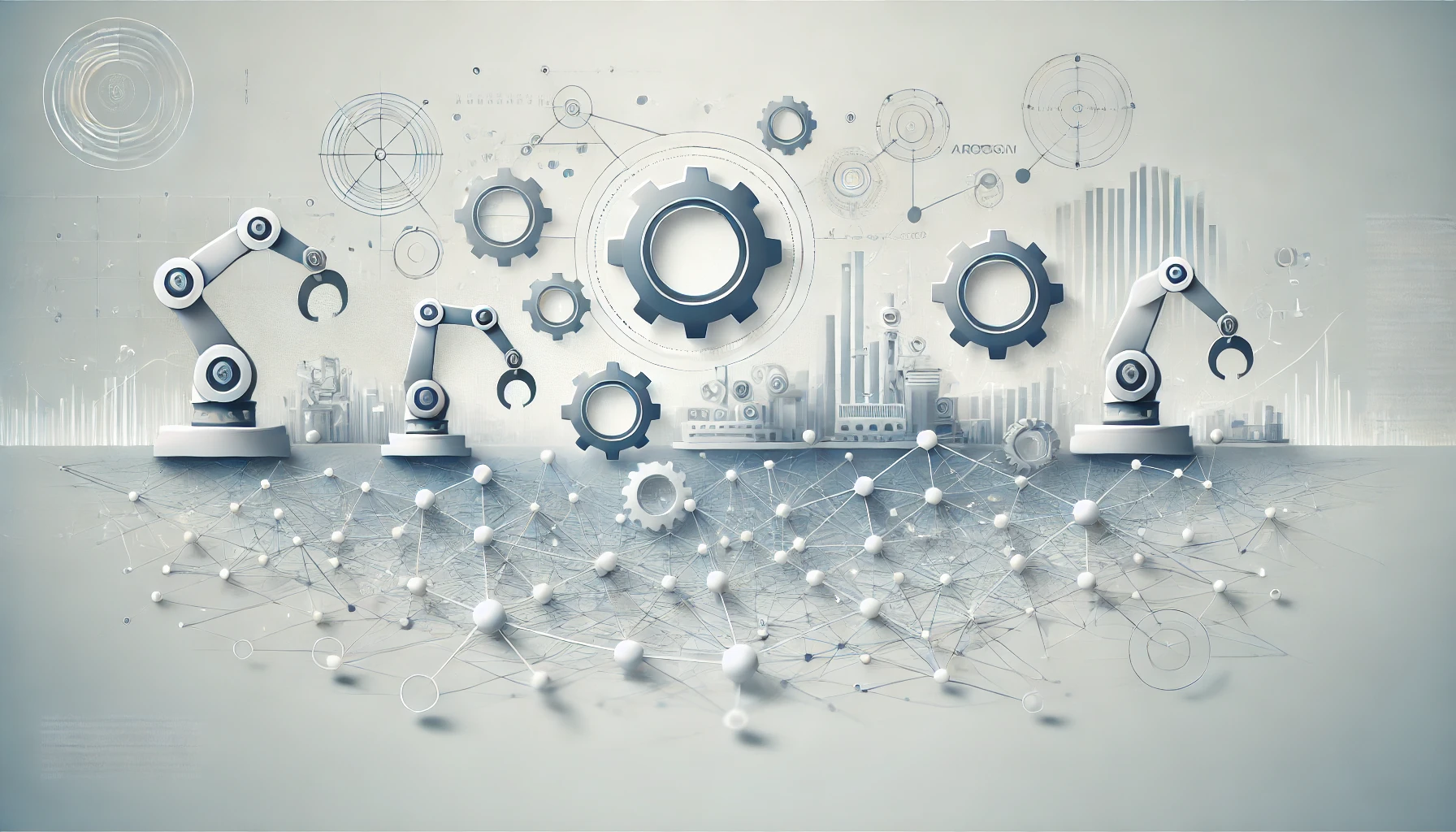Artificial intelligence (AI) can seem magical. It powers search engines, recommends movies, and even helps doctors. But there’s a big challenge many people don’t see: bias. AI bias can happen when a computer program treats some groups unfairly. This blog post looks at why AI bias happens, how we can fix it, and even shows some sample code based on a well-known research paper.
What Is AI Bias?
Imagine you’re using a robot helper. You teach it by giving it examples of real people who got hired at a company. If those examples were mostly men, the robot might learn that men get hired more. Then it could start picking men for job interviews—leaving out equally qualified women. That’s AI bias.
Key Points:
- Bias happens because AI learns from historical data (which might be unfair).
- Bias can also come from badly designed or incomplete data sets.
- If we don’t check for bias, real people can be harmed in important decisions (like lending, hiring, and healthcare).
Why Should We Care?
- Fairness and Equality: It’s wrong to treat people unfairly based on race, gender, or age.
- Legal Requirements: Laws like Title VII (in the U.S.) or the GDPR (in the EU) try to prevent discrimination.
- Better Outcomes: Reducing bias can make AI more accurate for everyone.
How Do We Fix AI Bias?
A paper titled
“Bias Mitigation Methods: Applicability, Legality, and Recommendations for Development”
by Suresh and Guttag (published in Journal of Artificial Intelligence Research) offers three broad ways to fix (or mitigate) bias:
- Pre-Processing:
- Before training a model, clean or rebalance your data. You might give extra weight to underrepresented groups so the model learns about them properly.
- In-Processing:
- While training a model, add fairness rules to the learning process. For instance, you can include a “fairness penalty” in your loss function. If the model becomes too biased, the penalty grows.
- Post-Processing:
- After you train the model, adjust its final predictions. You might tweak decision thresholds separately for each demographic group so the model doesn’t favor one group over another.
Quote from the Paper (Section 3, p. 7):
“We group bias mitigation techniques into three main categories, each operating on a different slice of the machine learning pipeline.”
Digging Deeper into the Problem
Bias can show up anywhere in an AI pipeline. Data might be skewed if it was gathered in ways that exclude certain populations. Or, the learning algorithm might “reward” patterns that happen to benefit one group. The paper stresses that bias isn’t just a technical glitch—it’s also a legal and ethical issue.
Laws and Ethics:
- In some places, you can’t even store protected attributes (like race or religion) for model training. But if you avoid these attributes completely, you might miss fixing bias.
- The authors warn that applying certain bias fixes could violate anti-discrimination laws if you’re altering protected group data directly.
Code Example: How to Use the Research
Below is a simplified Python example inspired by the in-processing approach described in the paper. It shows how to add a fairness penalty to a logistic regression model. A part of the code checks demographic parity, which looks at whether different groups receive the “positive” outcome at equal rates.
import numpy as np
from sklearn.model_selection import train_test_split
from sklearn.linear_model import LogisticRegression
from sklearn.metrics import accuracy_score
# 1. Create Fake Data
N = 200
np.random.seed(42)
# Suppose half our samples belong to a sensitive group = 1, others = 0
sensitive_attr = np.random.binomial(1, 0.5, N)
X = np.random.randn(N, 3) + sensitive_attr[:, None] # Shift distribution
y = (X[:, 0] + X[:, 1] + 0.5*sensitive_attr + np.random.randn(N)*0.5 > 0).astype(int)
X_train, X_test, y_train, y_test, s_train, s_test = train_test_split(
X, y, sensitive_attr, test_size=0.3, random_state=42
)
# 2. Standard Logistic Regression
clf = LogisticRegression(solver='liblinear')
clf.fit(X_train, y_train)
y_pred_standard = clf.predict(X_test)
acc_standard = accuracy_score(y_test, y_pred_standard)
# Demographic Parity: difference in positive outcome rates between groups
def demographic_parity_difference(y_pred, sensitive):
group0_mean = np.mean(y_pred[sensitive == 0])
group1_mean = np.mean(y_pred[sensitive == 1])
return abs(group0_mean - group1_mean)
dp_diff_standard = demographic_parity_difference(y_pred_standard, s_test)
print("Standard Model Accuracy:", acc_standard)
print("Standard Model Demographic Parity Difference:", dp_diff_standard)
# 3. In-Processing: Add a Fairness Penalty
weights = np.zeros(X_train.shape[1])
bias = 0.0
lr = 0.01
lambda_fair = 0.5 # weight for fairness
def sigmoid(z):
return 1 / (1 + np.exp(-z))
for epoch in range(200):
z = np.dot(X_train, weights) + bias
preds = sigmoid(z)
error = preds - y_train
# Standard logistic regression gradients
grad_w = np.dot(X_train.T, error) / len(X_train)
grad_b = np.mean(error)
# Demographic Parity "penalty"
preds_bin = (preds >= 0.5).astype(int)
dp_diff = demographic_parity_difference(preds_bin, s_train)
# This is a naive approximation for demonstration
# We'll treat dp_diff as a simple penalty
# Update weights with fairness penalty
weights -= lr * (grad_w + lambda_fair * dp_diff)
bias -= lr * (grad_b + lambda_fair * dp_diff)
# Evaluate fairness-penalized model
z_test = np.dot(X_test, weights) + bias
test_preds = (sigmoid(z_test) >= 0.5).astype(int)
acc_fair = accuracy_score(y_test, test_preds)
dp_diff_fair = demographic_parity_difference(test_preds, s_test)
print("Fairness-Penalized Model Accuracy:", acc_fair)
print("Fairness-Penalized Model DP Difference:", dp_diff_fair)
What’s Happening in the Code?
- We Make a Fake Dataset: Half the people belong to a “sensitive group.”
- We Train a Standard Model: We measure accuracy and how different the outcome rates are for each group.
- We Apply a Fairness Penalty: On each training step, we subtract a small amount from our weights if the demographic parity difference is too large. This tries to even out the treatment for both groups.
Note: This example is very simplified. Real systems often use specialized libraries like Fairlearn or AIF360 to handle more complex fairness definitions (like equalized odds or predictive rate parity).
Extra Details from the Paper
- Trade-Offs: The paper warns that if you push too hard for fairness, you might lower your model’s accuracy. This trade-off can be okay if it helps your system treat all groups more fairly.
- Legal Angle: If laws say you can’t collect certain sensitive information, you must think carefully about how to fix bias. Some methods need knowledge of protected attributes.
- No One-Size-Fits-All: The paper suggests trying multiple methods, picking the one best suited to your data and your ethical or legal constraints.
Quote (Section 5, p. 18):
“Combining pre-processing and in-processing strategies often yields better fairness across multiple metrics, though it may affect overall model performance.”
More In-Depth on the Problem
- Historical Inequities: Often, our past actions weren’t fair, and AI learns from that past. If lenders gave fewer loans to certain groups for decades, an AI might copy those patterns.
- Complex Data: Sometimes, the difference isn’t a single “bad” column. Instead, a combination of variables might hint at someone’s race or gender. You might think you removed “race,” but the model can still infer it from a zip code or job title.
- Lack of Standards: People argue about what “fair” even means. Should each group have equal results, or should we only focus on equal chance of correct predictions?
Putting the Research Into Practice
- Audit Your Data: Look for missing or skewed info.
- Pick Your Fairness Goal: Do you want each group to get the same chance at a positive outcome? Or do you want each group to have equal error rates?
- Try Different Mitigation Techniques: Pre-processing, in-processing, and post-processing each solve bias from different angles.
- Check the Laws: Make sure your approach is legal where you operate.
- Monitor Over Time: A model can become biased again as conditions change. Keep an eye on fairness metrics regularly.
Other Great Resources
- Algorithmic Justice League: Shows real stories of AI bias in daily life.
- AI Now Institute: Research on AI’s impact on law, society, and ethics.
- Fairlearn & AIF360: Tools for measuring bias, building fair models, and checking results.
Final Thoughts
AI bias may seem tough to beat, but it’s not impossible. By cleaning data, adding fairness rules, and checking your results at every step, you can build models that work better for everyone. This work takes time and care. It’s not just about programming. It’s about people and their real-life opportunities.
If you use the steps from the research paper—pre-processing, in-processing, and post-processing—you’ll be well on your way to a fairer AI. Remember: no single method fixes everything. Keep learning, keep testing, and keep talking to different people about what “fairness” really means in your context.
A Note for Developers: Experiment with the code above in a local environment. See how changing the lambda_fair value adjusts the bias and accuracy. Watch how shifting the dataset affects the model. This is how you truly grasp the “why” behind bias mitigation.
 Alex Thorpe
Alex Thorpe 
 How to Automate Product Release Notes with AI
How to Automate Product Release Notes with AI